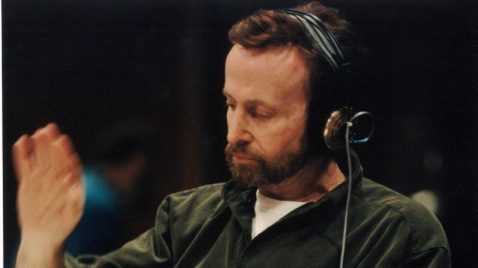In my Wall Street Journal “Sightings” column, I pay tribute to Ennio Morricone and Johnny Mandel. Here’s an excerpt.
* * *

“Writing a good movie brings a writer about as much fame as steering a bicycle.” So said Ben Hecht, one of Hollywood’s highest-paid screenwriters and the studio system’s cynic-in-residence. Much the same thing could be said about writing movie music. Save for the handful of film composers who, like Henry Mancini and John Williams, also had successful careers as performers, scarcely any of the men and women who score films in Hollywood and elsewhere are known by name to moviegoers. As a general rule, it doesn’t even help to write a song for a successful film that becomes a hit in its own right: David Raksin wrote “Laura,” one of the most frequently sung ballads of the 20th century, yet he was and is known for the most part only to musicians and connoisseurs of the invisible art of film scoring.

Ennio Morricone and Johnny Mandel were near-identical cases in point. They scored far more than their share of box-office smashes, and some of the cues they wrote, like Mr. Morricone’s wailing, warbling theme for “The Good, the Bad and the Ugly” (1966) or Mandel’s “Suicide Is Painless,” written for Robert Altman’s “M*A*S*H” (1970) and later used as the theme for the even more popular TV series based on the movie, are familiar to moviegoers everywhere. Yet neither man won anything like full-fledged fame, and their obituaries spent a fair amount of space explaining who they were and why it mattered….
Instead, they were content to labor in the background, selflessly serving the films for which they wrote and the singers and instrumentalists who wholeheartedly embraced their music, leaving it to their colleagues—and posterity—to acknowledge them as the artists they were. Such was the shadowy but undeniable greatness of Ennio Morricone and Johnny Mandel…
* * *
Read the whole thing here.